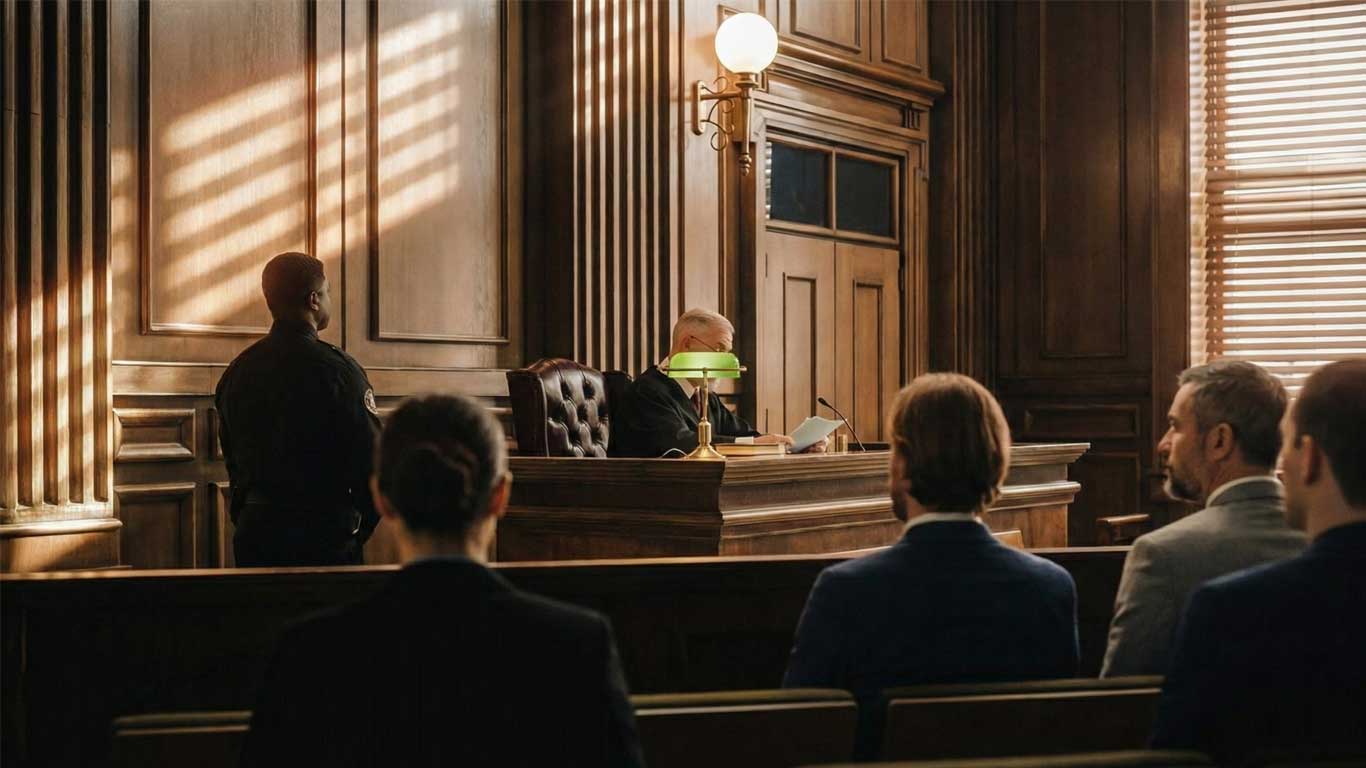
The Eleventh Circuit Court of Appeals has upheld the conviction and sentence of Nicholas Craig Woozencroft, who was found guilty of purchasing firearms by making false statements. Woozencroft had appealed his conviction, arguing that the trial court made errors regarding the exclusion of certain evidence and the application of sentencing guidelines. However, the appeals court disagreed, affirming the lower court’s decisions.
The Case’s Background
In late 2021, Woozencroft bought a total of 41 handguns from Commercial Pawn Jewelry and Guns in Florida. He made these purchases on two separate occasions. At least one of the guns had an obliterated serial number. When buying the guns, Woozencroft told the salesperson, Bob De Agua, that he was buying them for his personal security company. This led De Agua to believe Woozencroft was the actual purchaser. Woozencroft filled out ATF Form 4473 for each purchase. On one of the forms, he indicated he was the actual buyer; on a duplicate handwritten form, he stated he was not. De Agua didn’t notice the discrepancy. On the second purchase, De Agua failed to sign the form.
Later, in 2022, Canadian officials seized four of the firearms, three of which had obliterated serial numbers. Woozencroft admitted to an ATF agent that he had purchased the guns for three different people, only one of whom has been identified.
In May 2023, a grand jury indicted Woozencroft on two counts of purchasing firearms using false statements, violating federal law.
The Trial and the Issues on Appeal
Before the trial, the prosecution sought to prevent Woozencroft from introducing evidence about the firearm dealer’s compliance with ATF regulations and from arguing that the dealer negligently allowed the purchases. The trial court sided with the government, limiting the scope of Woozencroft’s cross-examination and adopting the prosecution’s suggested jury instructions. The jury found Woozencroft guilty on one count, but a mistrial was declared on the other.
At sentencing, the court calculated Woozencroft’s base offense level and then applied several enhancements. One of these enhancements, a four-level increase, was applied because the case involved firearms with altered or obliterated serial numbers. Woozencroft objected to this enhancement, but the court overruled the objection and sentenced him to 41 months in prison, followed by supervised release.
Woozencroft appealed, arguing that the district court made three key errors:
* It excluded evidence related to the firearm dealer’s compliance with ATF regulations.
* It excluded evidence of the dealer’s knowledge of a potential third party during the sale.
* It instructed the jury to disregard evidence of the dealer’s noncompliance with ATF regulations.
He also argued that the court erred in applying the sentencing enhancement for firearms with obliterated serial numbers.
The Court’s Reasoning: Evidence Exclusion
The appeals court addressed the arguments regarding the exclusion of evidence first. It reviewed the district court’s decisions on evidence for abuse of discretion. The court explained that relevant evidence is admissible, but it can be excluded if its potential to confuse the jury outweighs its value.
The court found that the trial court was correct in excluding evidence related to the firearm dealer’s compliance with ATF regulations. Woozencroft argued that this evidence was relevant to show bias on the part of the salesperson. However, the court reasoned that the salesperson’s potential bias had no bearing on Woozencroft’s guilt under the law he was charged with violating (18 U.S.C. § 922(a)(6)). The court found that Woozencroft’s actions clearly demonstrated his intent to deceive. The court also noted that even if the exclusion of evidence was an error, it was harmless given the other evidence presented at trial.
The Court’s Reasoning: Sentencing Enhancement
The court then addressed the sentencing enhancement. It reviewed the district court’s findings of fact for clear error. The appeals court noted that under the relevant sentencing guidelines, a four-level increase is applied if any firearm involved had an altered or obliterated serial number. The guidelines state that this enhancement applies regardless of whether the defendant knew the serial number was altered. Since it was undisputed that three of the recovered guns had obliterated serial numbers, the court found the enhancement was properly applied.
The Ruling
The Eleventh Circuit Court of Appeals affirmed the district court’s decisions. It found no abuse of discretion in the exclusion of evidence and determined that the sentencing enhancement was correctly applied. As a result, Woozencroft’s conviction and sentence were upheld.